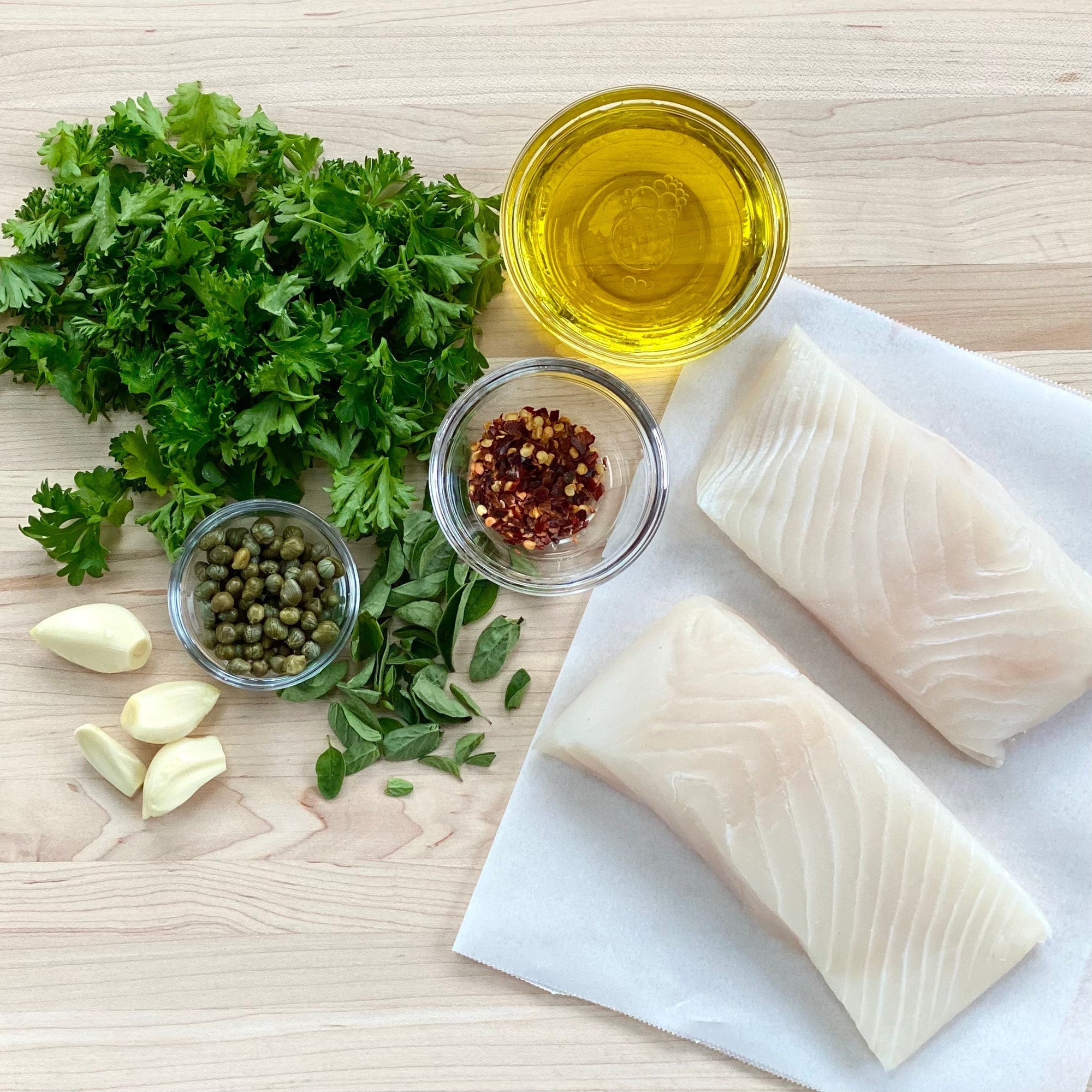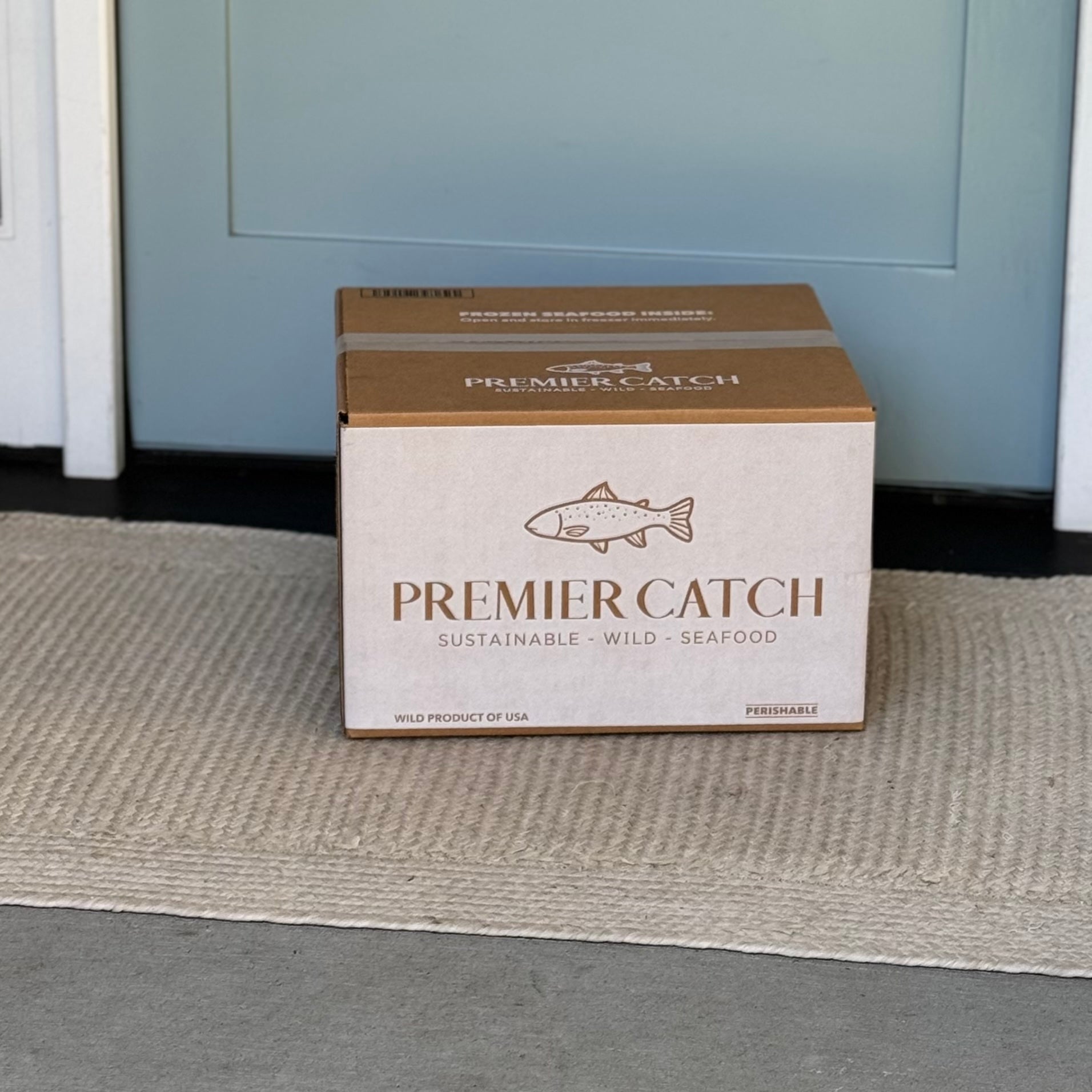Seafood is the ultimate superfood for longevity. Eating for a long and vibrant life isn’t about restriction—it’s about making food choices that pack a nourishing punch. One of the best ways to support longevity is by incorporating high-quality seafood consistently into your diet. All seafood is packed with essential nutrients, promotes heart health, brain function, and overall well-being. I’ll highlight a few that sit at the top of my best choices list!
Seafood is a powerhouse of longevity-boosting nutrients, including:
- Omega-3 Fatty Acids: Help reduce inflammation, lower triglycerides, and support cognitive function.
- Lean Protein: Supports muscle maintenance and metabolic health.
- Vitamins and Minerals: Provides essential nutrients like vitamin D, selenium, and B vitamins.
-
Antioxidants: Wild-caught Alaskan salmon contains powerful antioxidants that protect against aging-related damage.
Have you heard about the Blue Zones?
The "Blue Zones” including Okinawa, Sardinia, and Ikaria (there are more!) are known for exceptional longevity, and seafood plays a key role in these specific culture’s diets. People in these regions regularly consume nutrient-rich fish, supporting heart and brain health while reducing the risk of chronic disease.
How Much Seafood Should You Eat?
The American Heart Association, medical communities around the world, (and me!) recommend eating fish at least twice per week. However, Blue Zone populations eat seafood more frequently. For extra credit, aim for 2-4 servings per week of high-quality, sustainable seafood such as:
- Wild-caught Alaskan salmon – Rich in omega-3s, protein, and antioxidants.
- Wild-caught Albacore tuna – Lean, high in omega-3s, and lower in mercury than other tuna.
- Wild-caught Alaskan sablefish (black cod) – A buttery fish with one of the highest omega-3 contents among fish, making it one of the best fish for heart health.
-
Wild Alaskan king salmon
(specifically) – Known as one of the best salmon to buy, it is rich in omega-3s and prized for its luxurious texture and deep flavor.
Specific Seafood for Longevity
To maximize health benefits, prioritize wild-caught, sustainably sourced seafood:
- Wild-Caught Over Farmed: Typically has a better omega-3 profile and fewer contaminants. It supports local American fishing families and sustainable food practices.
- Sustainable Certifications: Look for MSC (Marine Stewardship Council) or Monterey Bay Aquarium’s Seafood Watch recommendations, or any fish from Alaska!
- Low-Mercury Options: Wild-caught Alaskan salmon, wild-caught Oregon Albacore tuna, and sablefish are excellent choices. Wanna know another way to lower your mercury absorption? I explain in this blog post.
Making Seafood a Convenient Part of Your Routine
Busy schedules can make it challenging to eat seafood regularly. One of the easiest ways to stay on track is by automating it with a wild seafood subscription.
A subscription service delivers premium seafood, like wild-caught Alaskan salmon, Albacore tuna, and sablefish, straight to your door, ensuring you always have high-quality options on hand. This eliminates last-minute grocery trips or concerns about fresh seafood going bad due to a change in kids sports schedules or a last minute dinner plan change. With amazing fish in your freezer, preparing healthy seafood meals is much easier!
At Premier Catch, our seafood subscription provides the best wild-caught seafood—convenient, sustainable, and packed with the nutrients your body needs for a long, healthy life. No forced random boxes, just the stuff you love, at the speed you want it.
Easy Ways to Add Seafood to Your Diet
Incorporating omega-3-rich seafood into your meals can be simple and delicious:
- Breakfast: Smoked wild-caught Alaskan salmon on avocado toast with hot honey.
- Lunch: A green goddess salad with grilled wild-caught Albacore tuna, and a vibrant lemon dressing.
- Dinner: Honey garlic glazed wild-caught Alaskan sablefish with roasted broccoli.
- Snacks: Albacore tuna on a snack plate with cheese, dates, and cherry tomatoes.
- Cooking Sockeye Salmon: Sockeye salmon is an excellent source of omega-3s and has a deep, rich flavor. Try grilled salmon with a Mediterranean twist or a simple oven-baked preparation with veggies.
- Best Way to Cook Salmon: Whether you prefer grilled salmon, pan-seared, or oven-roasted, wild-caught salmon retains its nutrients best when cooked at moderate temperatures and paired with antioxidant-rich ingredients like garlic and lemon.
-
Best Sablefish Recipe: Try a Black Cod Miso Marinade, a classic preparation that enhances the buttery texture and rich flavor of sablefish. Marinate wild-caught sablefish in a blend of miso, mirin, sake, and sugar for a deliciously caramelized finish. Don’t have time to make your own marinade? Try our pre-marinated Miso Sablefish for an even faster prep!
Make Seafood Your Lifestyle
Longevity isn’t just about food—it’s about lifestyle. Blue Zone communities emphasize fresh, whole foods, daily movement, and strong social connections. By prioritizing high-quality seafood, you’re not just adding years to your life—you’re adding life to your years.
At Premier Catch, we make it easy to enjoy the freshest, sustainably sourced premium seafood delivered straight to your door. Investing in high-quality seafood means investing in your health, your future, and your family’s well-being.
Ready to eat your way to a longer, healthier life? Browse our selection of wild-caught Alaskan salmon, Wild Alaskan king salmon, Albacore tuna, and Alaskan sablefish omega-3-rich options today!
References
Mozaffarian & Wu (2012) on omega-3s and heart health
Mori et al. (2021) on fish-rich diets, blood pressure, and cholesterol
American Heart Association – Benefits of Fish and Omega-3 Fatty Acids
FDA Advice on Eating Fish During Pregnancy and for Young Children


